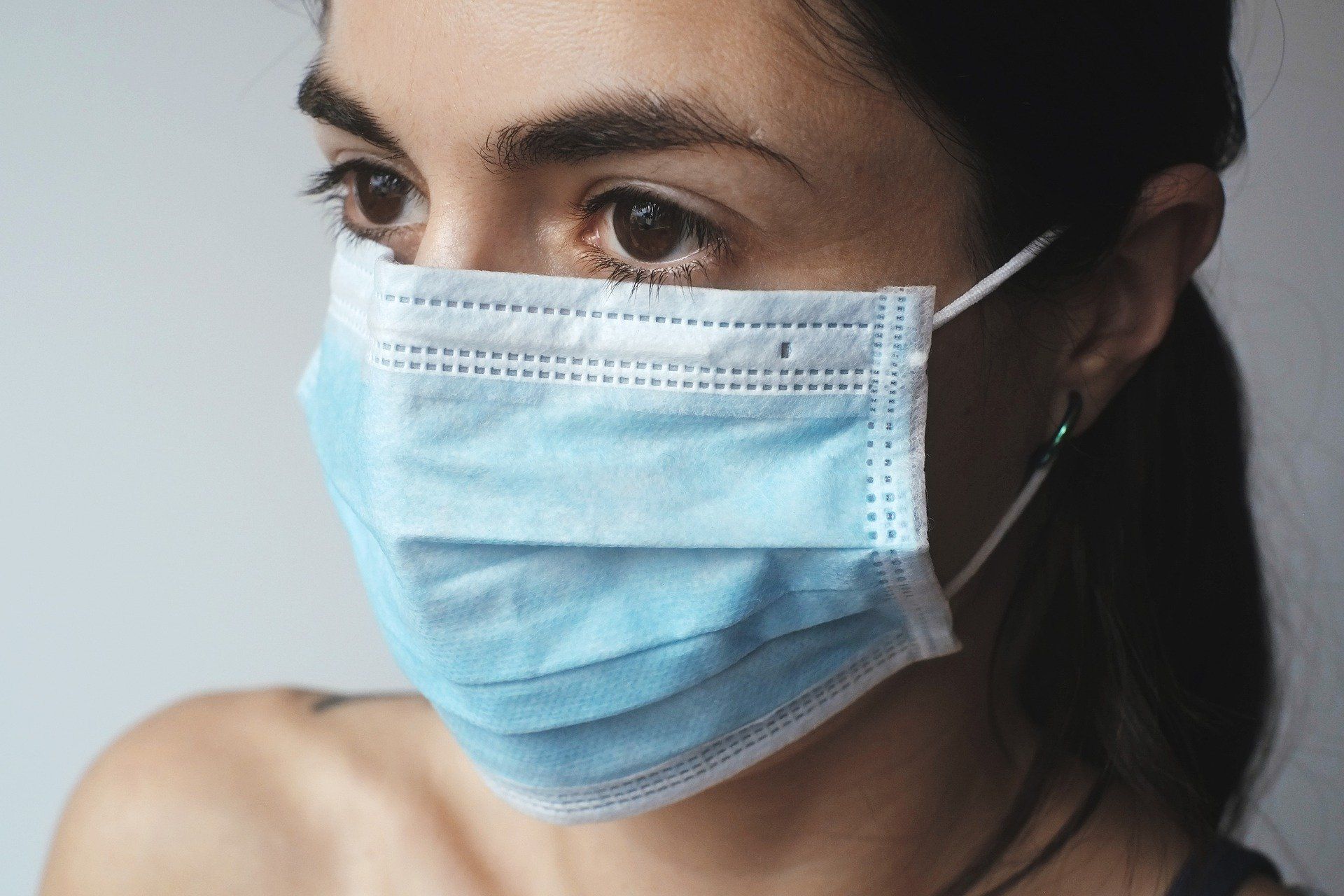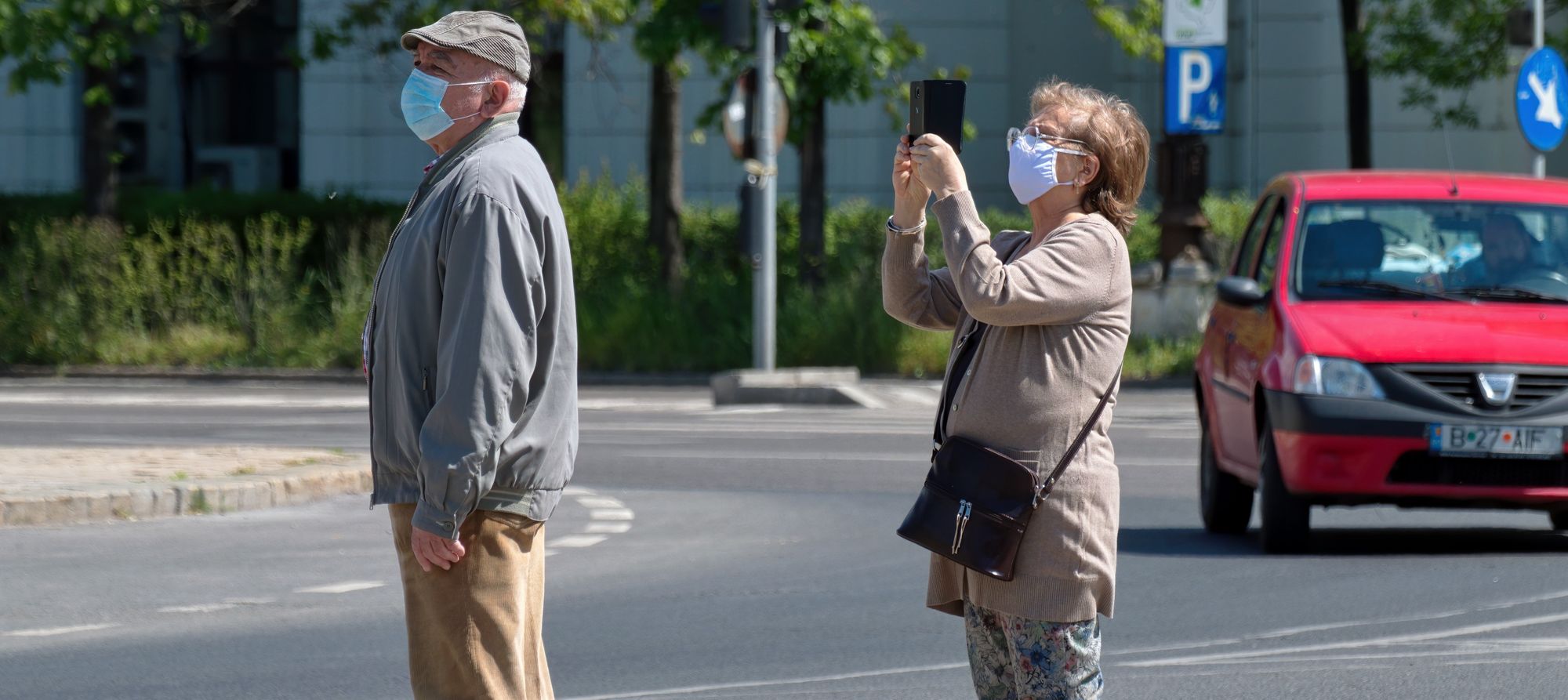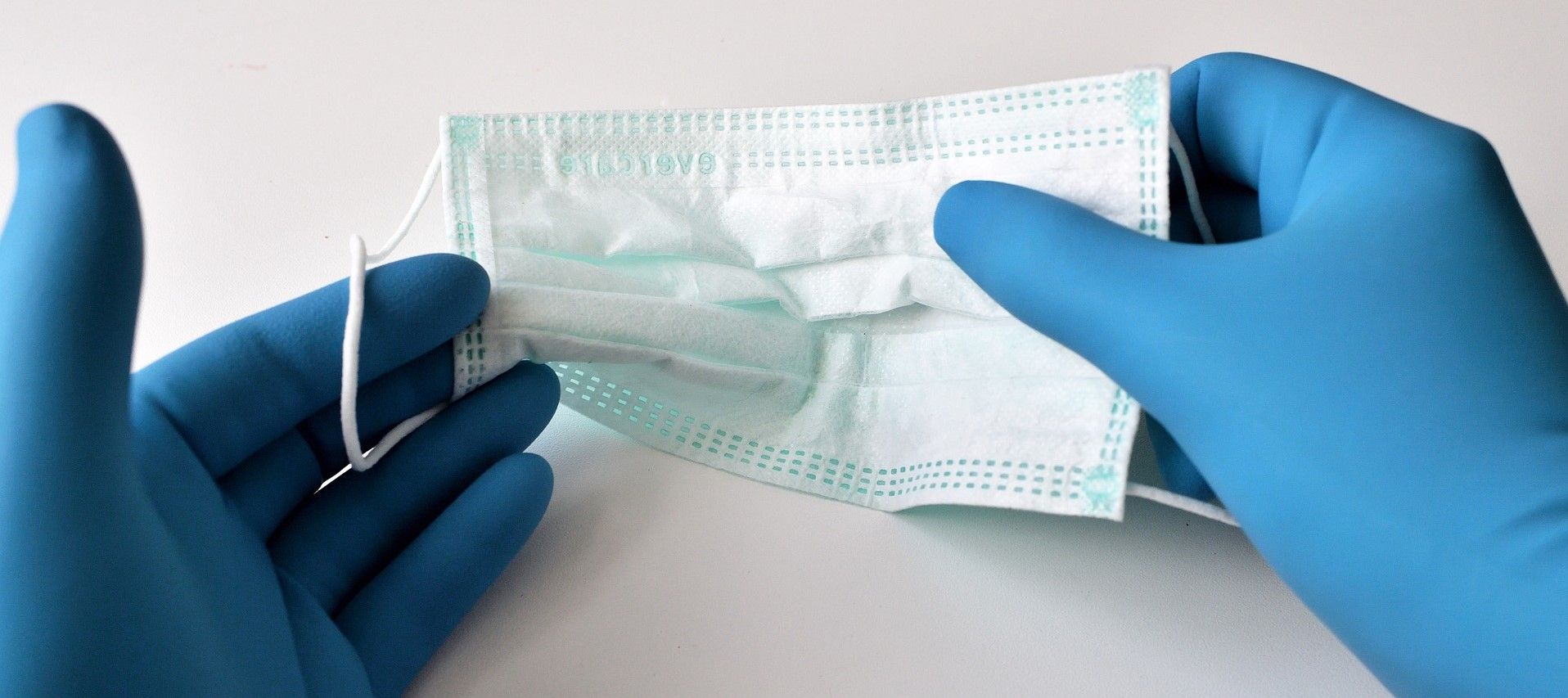With evidence that the fight against the coronavirus will continue beyond the end of this year, researchers are working hard to find new ways to combat the disease.
Consequently, a team of nanotechnologists have found an affordable and effective way to improve commercially available, non-woven masks by coating them with graphene.

The breakthrough was made at the Hong Kong Polytechnic University (PolyU), and includes a new laser-based manufacturing process that can convert regular, disposable surgical masks into hydrophobic, reusable ones.
Many health officials now recommend the wearing of masks to prevent the spread of coronavirus. The masks restrict water droplets from other people entering the wearer’s mouth and nose, while also limiting the distance that spittle and mucus travel when the wearer speaks, coughs, or sneezes.
However, to be effective, the masks must be sterilized after wearing to prevent the build-up of potentially virus-laden moisture.
This is the cause of a big problem in the fight against COVID-19, because most surgical masks are manufactured from non-woven polymer fibres that cannot be washed at high temperatures and are not effectively cleaned, even with steam.
The result is that most of the 40 million masks that are worn every day around the world must be thrown away after each use. Not only does this put pressure on manufacturers during each pandemic flare up, but it creates 15,000 tonnes of daily waste which is usually incinerated, adding to carbon emissions.
To solve this problem, the researchers, led by Guijun Li, a research assistant professor who specialises in additive microfabrication, applied a thin layer of graphene onto a mask, knowing that the nanomaterial’s excellent water repelling properties would improve the mask’s effectiveness.
The team also knew that graphene's excellent thermal properties would aid sterilization by heat. The outcome is a mask with a hydrophobic layer that can be sterilized in sunlight in about a minute.

As the research journal Physics World explains, “[Sterilization] … is possible because graphene absorbs more than 95% of light across the solar spectrum from 300–2500 nm, so the coated masks quickly increase in temperature, reaching 70°C after 40 seconds of solar illumination and more than 80°C after 100 seconds. That is high enough to inactivate most types of viruses, meaning that the mask can then be reused or (if damaged) safely recycled. In contrast, masks without a graphene coating do not show this photothermal effect, since they absorb sunlight only weakly. Even after 5 minutes of solar illumination, their temperature does not exceed 50°C …”
While nanostructures have often been employed for their hydrophobic properties, such as in metallic nanowires and fluorinated polymers for medical uses, this is a novel deployment of the technology, and the first to use them to combat the pandemic. “To the best of our knowledge,” says Li, “such materials have never been used on surgical masks before.”

However, beyond making face masks with a graphene coating in the laboratory, was finding a way to apply the nanomaterial in an affordable and effective way.
This the team achieved by synthesizing graphene with a low-cost laser technique that heats up precursors, such as SPEEK (sulfonated polyether ether ketones), Bakelite, and polyimide. By controlling the parameters during the process, the researchers were able to ensure that the carbon sheet had superhydrophobic properties.
The team then devised a novel way to deposit the sheeting onto regular surgical masks. As the study, which has now been published in the American Chemical Society Nano journal describes, “This new process is known as dual-mode laser-induced forward transfer (LIFT), and it uses a pulsed laser beam with a pulse duration of 10 ns. This short pulse length means that the momentum of the photons is high enough to transfer the graphene without significantly increasing the mask’s temperature – an important point … because the melting point of the polymer fibres in the mask is only 130 °C. The LIFT method is also compatible with a roll-to-roll system, meaning that it can easily be integrated with existing automated mask manufacturing production lines ...”

The team have already shown that the mask is an effective, sterilizable barrier against E. coli bacteria, while tests are proceeding to see how effective the mask is against the current virus, SARS-CoV-2.
However, the team are confident that water repellency coupled with the temperatures achieved in sunlight means that they have made a superior, yet affordable mask.
A belief supported by Valentina Palmieri, a researcher at Italy’s Institute for Complex Systems and the author of the recent paper ‘Can graphene take part in the fight against COVID-19?’ who has described the study as a ‘feasible approach’.
She even suggests that the idea could be expanded to produce sterilizing graphene-coated environmental air filters, while also commenting on the progress being made employing large surface area graphene to construct sensors in textiles. The same approach is also being used to possibly diagnose the disease by sensing antibody conjugation. Additionally, graphene may inherently possess antiviral properties.
Clearly more work is required, but with the whole planet waiting on improved defences against not just coronavirus but future viral epidemics, the need for improved mask design has never been greater.
Maybe in graphene, science has found the raw material needed to combat COVID.
Photo credit: ACS, Ashok Adepal from Pexels, Immortal Shots from Pexels, Juraj Varga from Pixabay, & leo2014 from Pixabay